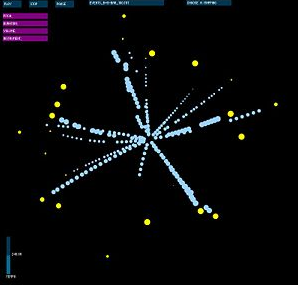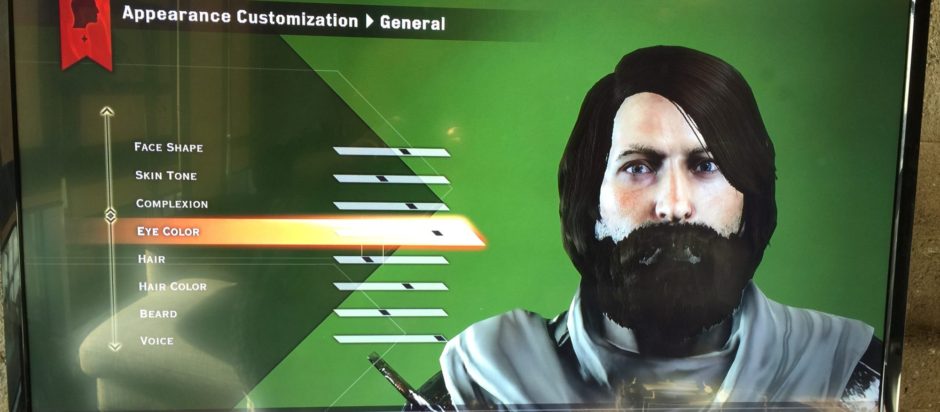 Earlier this year, physicist Matt Bellis helped Jen Stein, Joshua McVeigh-Schultz and me to put together a Processing data visualization for Jen’s PUCK project. For Matt, getting us up and running on visualizing a very simple data set was relatively trivial, especially compared to the amazing work he’s done with the Particle Physics Wind Chime.
Earlier this year, physicist Matt Bellis helped Jen Stein, Joshua McVeigh-Schultz and me to put together a Processing data visualization for Jen’s PUCK project. For Matt, getting us up and running on visualizing a very simple data set was relatively trivial, especially compared to the amazing work he’s done with the Particle Physics Wind Chime.
Like particle physicists the world over, Bellis is forced to improvise ways to share his research with the public, using whatever comes to hand. He’s animated bristling spheres of particle tracks in sophisticated vector graphics – complete with cool soundtracks. He’s illustrated fundamental relationships between different particle types with Google Docs. Bellis has developed a whole toolbox of methods to help him explain particle physics. Until recently, however, all the tools in his toolbox were visual.
A trained musician, Bellis came up with the idea of rendering the results of particle collisions as sounds. The process of rendering data into sound is known in general as “sonification.” Bellis wanted to sonify data from BaBar.
“I had the idea of the BaBar detector as an instrument,” Bellis said, but not one played by human hands. It would be played by the particles gusting through it, like wind through a wind chime.“Think of it,” Bellis said. “The wind itself makes no sound. You hear the wind if it rustles the leaves in a tree. The motion of the wind itself doesn’t necessarily make a sound. The wind has to interact with something to make noise.” In the same way, “When you have these particles that pass through the detector, they send it ringing, resonating in some way.”Thus was born the idea of the Particle Physics Windchime: A computer application that could take particle physics data such as particle type, momentum, distance from a fixed point, and so on, and turn it into sound. (Symmetry Breaking)
